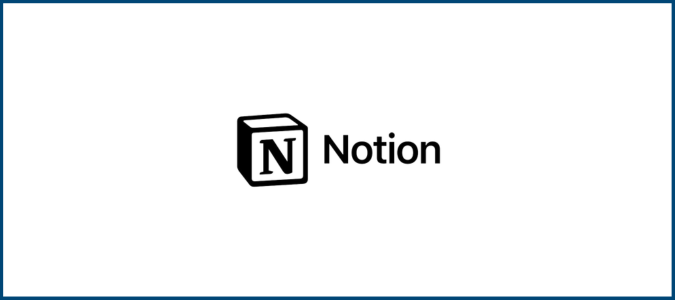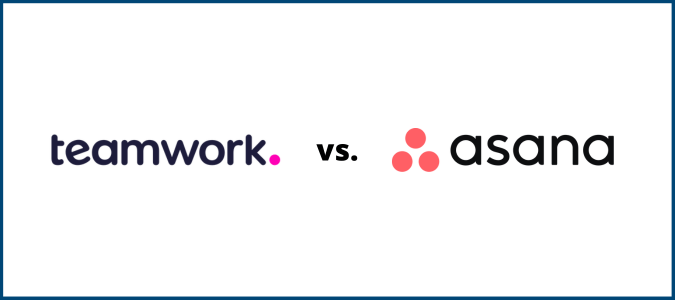Kanbanize uses visually organized Kanban boards to smooth and automate workflows, track metrics, and help project managers and team members adhere to deadlines. Although it’s not yet as recognizable as some other project management tools, Kanbanize offers an impressive array of features for agile teams, making it a tool you might want to consider for your company.

Kanbanize Compared to the Best Project Management Software
The following tools are our top picks for project management software based on their overall flexibility and robust features. Here’s a highlight of our Golden Eggs.
Monday.com offers a user-friendly interface, visual layouts, and detailed tracking to keep teams on pace. Get 18% off your subscription by paying annually.
Try ClickUp if you have a hybrid or remote team that needs to connect regularly for collaborative tasks. Save up to 45% on an annual subscription.
It’s hard to beat Smartsheet if you’re looking for a tool that adapts to daily tasks and leaves room for future scalability. Try Smartsheet today for free.
Kanbanize: The Good and the Bad
Kanbanize provides several ways for project managers to organize and visualize tasks for their teams. Read on to learn more about its strengths and weaknesses as you look for the best tool for the job.
What Kanbanize Is Good At
Kanbanize is meant to make work easier with attractive, streamlined board setups and detailed reporting to inform future decisions and schedules. Let’s explore the top reasons why Kanbanize might be a good choice for your team.
Modest learning curve: While some project management tools require a lengthy onboarding process and maybe even a technical team to set up, Kanbanize is ready to work from the moment you sign up. Its visually-focused platform makes it easy to drag and drop elements where you need them to create boards, add tasks, and customize workflows.
Bonus: Your team will probably not feel overwhelmed using Kanbanize, even if they’re not the most experienced with techie tools. The intuitive interface and dashboards place everything at your fingertips without extra clutter or advanced settings that confuse more than assist.
Multi-department usage: Kanbanize is built to handle projects in virtually every department in your company. For instance, it can track and manage projects in finance, supply chain management, tech support, and customer service.
Much of its capabilities result from its customizable business rules that let you create specific processes to meet each department’s workflow. As such, the finance department has a set of rules and automation that make sense for it, while tech support’s custom workflow caters to that team’s schedule. Companies can choose as many business rules as needed in their plans.
Plenty of integration options: Kanbanize integrates with Trello, Okta, Dropbox, Zapier, GitHub, and many other tools your business uses in its everyday tasks. Connecting your other tools lets you access their data, maximize collaboration, and organize and track files in one convenient place.
Kanbanize also features an email integration that simplifies creating cards on the go. Simply send a message to a board email address, and Kanbanize turns your information into a workable card for the team. The card’s members can comment on the card through email, too.
Exceptional customer service and support: Kanbanize has overwhelmingly positive reviews of its customer service and support, which could ease your fears if you’re hesitant to switch from another tool.
In addition to its responsive support team, there’s an always-available, in-depth knowledge base on the website, covering everything from building a workflow to customizing reports.
Dependency tracking: Kanbanize leaves no stone unturned to ensure that your teams can cooperate and everyone stays on track. Its dependency tracking considers what tasks from different projects or departments rely on each other to complete. If one task falls behind, the tasks that rely on its completion automatically get rescheduled and reported on.
This can be beneficial for projects that span multiple departments. For example, the marketing department is running into bottlenecks with design tasks for an upcoming campaign. Kanbanize can automatically push back connected sales team tasks and notify members of the change to keep everyone on track.
OKR-centered: As an Objectives and Key Results (OKR)-centered project management tool, Kanbanize lets project managers set goals and expected outcomes to connect to boards. As teams complete tasks, project managers can view their OKR data to get an idea of how the project is progressing in terms of desired outcomes.
This focus on OKRs could give some teams concrete motivators to strive for. It could also benefit project managers looking to incentivize team members who help reach those goals.
What Kanbanize Is Lacking
Kanbanize has a lot going for it, but some drawbacks might prevent your team from getting the most out of the software. We’ve included the most important factors to consider about Kanbanize when comparing it to other project management software.
No individual plan: Some project management software caters to teams of all sizes, no matter how small or large, including solopreneurs who want to organize their own tasks. Unfortunately, Kanbanize isn’t that tool.
The minimum setting for the number is users is 15, so even small teams of three or four people may pay more than they need to for Kanbanize. With the lowest plan costing $149 per month when billed annually, it could be a steep price to pay for small business owners.
Speed issues: On the surface, Kanbanize is highly scalable. You can create multiple projects and numerous tasks and workflows within each project.
The problem is that large, complex projects can sometimes lag the system enough to interfere with productivity. This is especially true when other elements are incorporated, like attached files and integrations.
No time tracking tool: Some teams may want their members to track their time spend on a task within their project management tool. Many modern software options allow for this to help accounting departments pay teams accordingly.
While team members can log their time in Kanbanize by using the “Log time” feature on a task card, there’s currently no option to track current working time. You’ll need a separate tool for that apart from Kanbanize, meaning more tools to switch back and forth between.
Kanbanize Options and Pricing
Although it offers a few project management courses through its Kanbanize Academy, Kanbanize’s primary focus is its project management software. The product is available as a monthly or annual subscription and is customizable by the number of users and business rules you need.
Kanbanize Project Management Software

Kanbanize could be ideal for medium to large teams with multiple OKRs to track. In each workspace and board, project managers can track specific objectives—known as initiatives in the software—for the team to work toward. As team members check off tasks, Kanbanize automatically adjusts the progress of each goal.
The software also tracks a company’s full roster of projects simultaneously, so executives can always keep track of overall progress. Detailed reporting with customizable dashboards, project forecasting, and custom data fields allow teams and decision-makers to change or improve their strategies as needed.
A benefit of Kanbanize’s pricing is that it’s customizable to your needs. Tweak the number of users and business rules you need so you don’t overpay for extras. You can also pay monthly or annually, which is more affordable. Plans range from $149-$4039 per month, billed annually, depending on the number of users and rules you need.
Kanbanize in Summary
With its low learning curve, dependency rules for multi-project tracking, and ability to track and report on measurable objectives, Kanbanize can benefit teams completing several complex projects simultaneously. Knowing that excellent, responsive customer support is just a click or call away can also give users peace of mind that Kanbanize will meet their needs.
Still, Kanbanize could be more than smaller teams need to streamline their projects. If simplicity is key, Monday.com and ClickUp are ideal alternatives to consider. Smartsheet is also an easy-to-use tool with a simple setup that allows for room to grow if needed.
Kanbanize is certainly software to consider to manage projects from point A to point Z, but we invite you to check out some of our top project management software picks to find your ideal solution.















